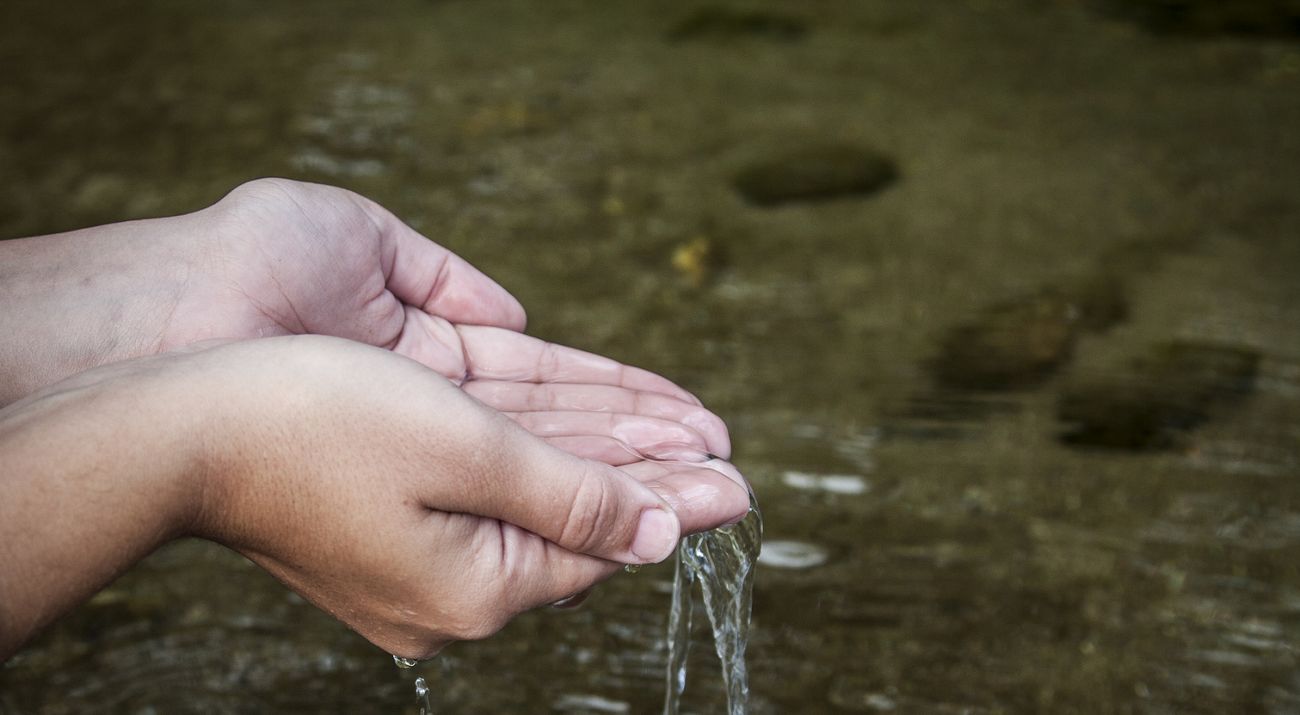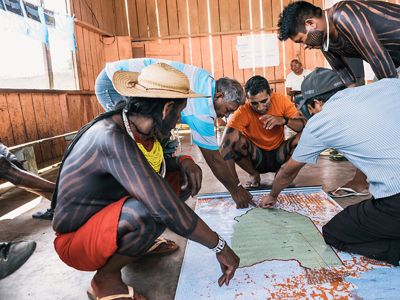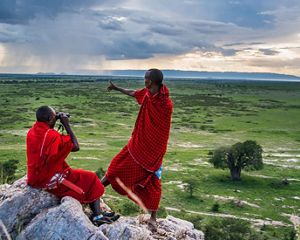Indigenous and Traditional Territories: The Missing Link in Global Conservation Goals
A new study finds that undervaluing Indigenous and traditional territories could derail global conservation goals—and that local solutions are needed.

Indigenous, traditional and local communities care for some of the world’s most ecologically rich lands, yet their contributions to global conservation efforts often go unrecognized.
As the world races toward the ambitious 30x30 target—protecting 30% of Earth’s land and sea by 2030—a new study reveals a critical blind spot: Indigenous and Traditional Territories (ITTs).
Despite their immense ecological value, ITTs remain underrepresented in national conservation reporting due to legal, political and structural barriers. The research underscores that recognizing these lands requires country-specific approaches, secure legal tenure and inclusive governance. Without urgent policy reform and respect for Indigenous rights, global biodiversity goals risk falling short—not because of a lack of protected areas, but because of a failure to see and support the stewards already conserving them.

Key Findings
-
Country-specific approaches are required.
The study highlights that countries categorize ITTs differently within their conservation frameworks. This variation means that including ITTs in reporting toward Target 3 requires flexible, context-specific approaches rather than uniform global standards. To ensure equity and accuracy, conservation efforts must adapt to local realities, respect varied tenure systems, and recognize the full spectrum of conservation practices.
-
Legal tenure and governance rights are critical.
ITTs are more likely to be recognized and reported in global conservation databases (like WDPA and WD-OECM) when they have secure legal tenure—particularly ownership or stewardship rights. Governance rights, such as the ability of Indigenous, traditional and local communities to manage and make decisions about their lands, are equally important. Without these, ITTs often remain invisible in national and global conservation accounting, despite their ecological significance.
-
ITTs are underrepresented in national reporting.
Although Indigenous, traditional and local communities steward vast and biodiverse landscapes, many of these areas are not formally recognized as contributing to Target 3 under the Global Biodiversity Framework, otherwise known as 30x30. The paper introduces a four-tiered classification describing the varying degrees of ITT inclusion in national reporting. This framework highlights systemic gaps and inconsistencies in how countries acknowledge and report Indigenous contributions to conservation.
-
Policy Reform and Inclusive Governance Are Needed
The paper identifies legal, political and structural barriers preventing ITTs from being fully integrated into conservation frameworks. It calls for rights-based approaches, including Free, Prior and Informed Consent (FPIC), legal recognition of customary tenure and flexible reporting systems that reflect diverse governance models. Otherwise, the exclusion of Indigenous, traditional and local communities from conservation planning risks undermining biodiversity outcomes and Indigenous rights.
Perspectives
Read this report authored by TNC policy and conservation experts on the role and challenges of Indigenous and community-governed lands in contributing to Target 3 of the Global Biodiversity Framework, also known as 30x30.


